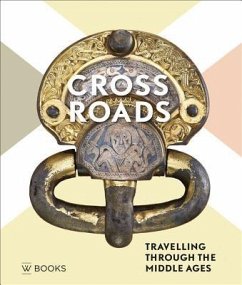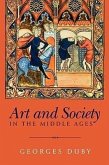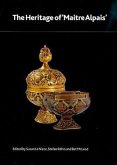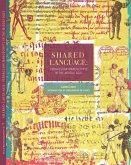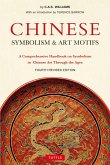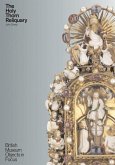Despite the numerous conflicts, the period from 300 to 1000 AD was also one of growth, continuity and peaceful coexistence. From the late eighteenth century a romantic view of the Middle Ages arose, resulting in the Gothic Revival and the art of the Pre-Raphaelites. Nation states today happily refer to the heroism of the Early Middle Ages, when kingdoms were born and present-day Europe began to take shape. A runic graffito in the Hagia Sophia, a gilt Byzantine helmet in the grave of a Frankish nobleman, a treasure hidden from the Vikings in the Low Countries containing an Arab dirham: these are just a few examples of the telling early-medieval finds in this book. Late Antiquity and the Early Middle Ages are often viewed as a time of decline, chaos, invasions and war. But there is another side to this period as well. There was a rich diversity of cultures in Europe - from Longobardsand Merovingians to Byzantines and Avars - and a lively exchange of goods and ideas, sometimes over great distances. The Vikings set up a trade network that reached to Baghdad; the Silk Road brought commodities to Europe, but also diplomatic missions, knowledge and ideas. This is illustrated by the interludes in this book, the stories of ten travellers: pilgrims, scholars, diplomats, and an elephant.

